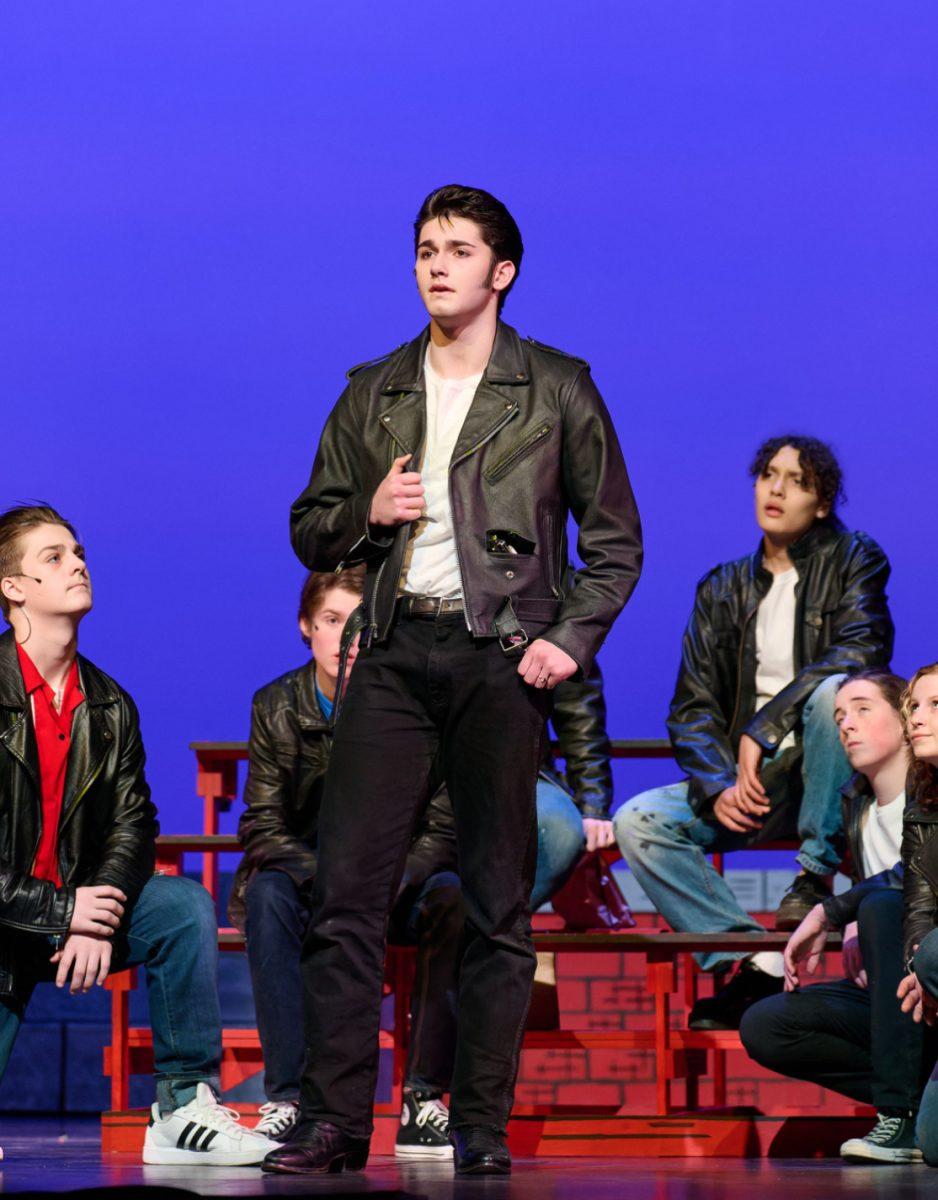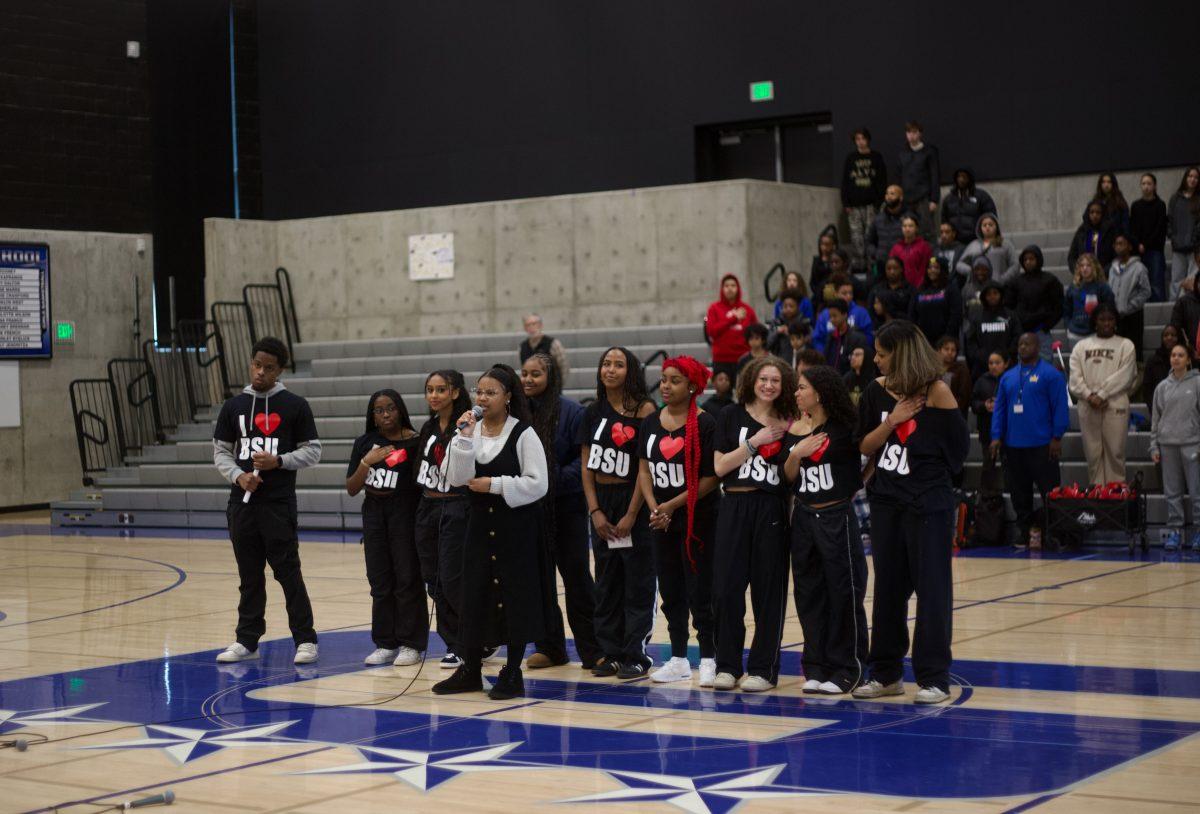Over the last few months, PPS teachers and administrators have been overworked and understaffed, and are facing additional issues within the school environment. The pandemic and ensuing return to school have left both teachers and students exhausted. In response to this, the Portland Association of Teachers (PAT) wrote a proposal designed to avoid school closures and unsafe conditions due to staff shortages and preserve student instruction time. The union has proposed a new schedule, with asynchronous/flex Fridays, while the district has proposed adding days off in January and February for teacher planning. Bargaining between the district and the teacher’s union has ceased, but the issues that plague the first year back in person remain.
The return to school has not been easy, for students and teachers alike. “I think the transition from students having four classes to eight classes, and from being online to being in person, has been a challenge. … I can’t really find another way through it other than you know, here we are, we’re back at it,” says Russel Peterson, a history and psychology teacher at Grant.
One thing that both teachers and students can agree on is the need for more flex time.
Peterson says that his ability to provide one-on-one instruction has been hindered by a lack of flex time. “I absolutely would like to (see) more flex time.” … “(It would) give me time to set up an appointment where I can meet with people during the school day rather than meeting before or after work or giving up my lunch.”
Currently, students have flex time two to four days a month at Grant, which many students say is not enough. Lillie Stewart, a Grant senior, says that she and other students are lacking individualized feedback and have little time to make up tests and assignments. “One of my biggest struggles this year has been finding time to go and get help,” she says.
Stewart notes that having a full course load and difficult schedule can add additional challenges given the lack of flex time. “I think for students who have more rigorous course loads or more responsibilities placed on them outside of school, that impact is more significant.”
The push for more flex time has been echoed throughout the school. In a survey sent to freshman English classes, over 80% of students said that they would prefer having asynchronous Fridays. Grant freshman Charlie Pitchford says, “If we’ve gotten to a point where there’s like debate and argument over it, it’s probably been needed for a while.”
Although students and staff are in nearly unanimous agreement around the need for more flex time, many concerns have arisen around the productivity levels of students during flex. According to PAT Building Representative and Grant math teacher Jerry Young, an unstable home environment can be detrimental to students’ success working asynchronously. “I don’t have a good space at home. If I’m home I’m doing other things. There’s too many distractions.”
Peterson also touches on how students use flex, saying “That is really one of the potential challenges. How do we meet the needs of all of our students, not just academically, but socially, emotionally, and how does the schedule fit and work with that?”
During negotiations between PPS and the PAT, the district turned down a variety of schedules provided by the union that would increase flex time, including a proposed return to A weeks and B weeks. This would rid the schedule of so-called “skinny Fridays”, where students attend all eight classes in one day. “We’ve been hearing that from educators and students that those days were like a lost day,” says Elizabeth Thiel, president of the PAT.
The most recent proposal provided by PPS offers one day off a month in January, February and March in order for teachers to work on “school climate.” When the PAT asked for the addition of a school climate day to be held after winter break, “The district ironically said, ‘no, they couldn’t do that because administrators need more time to plan for it,’” says Thiel.
The end of bargaining between the PAT and the district has left Thiel hopeful that PPS will move forward in implementing schedule changes that benefit both teachers and students. “Our schools are understaffed and will continue to be understaffed if we cannot make jobs in education that are the kind of jobs people can feel successful in,” she says. “We are hoping that they are going to listen, if not to us at the bargaining table, then at least to the voices of students.”
































